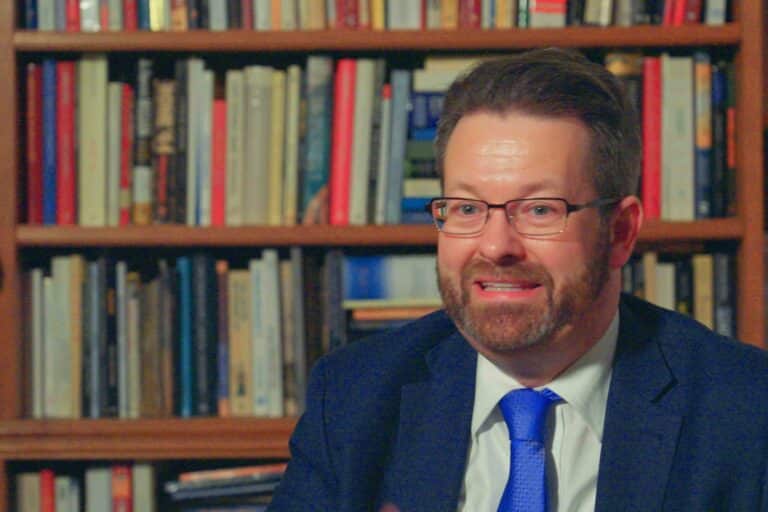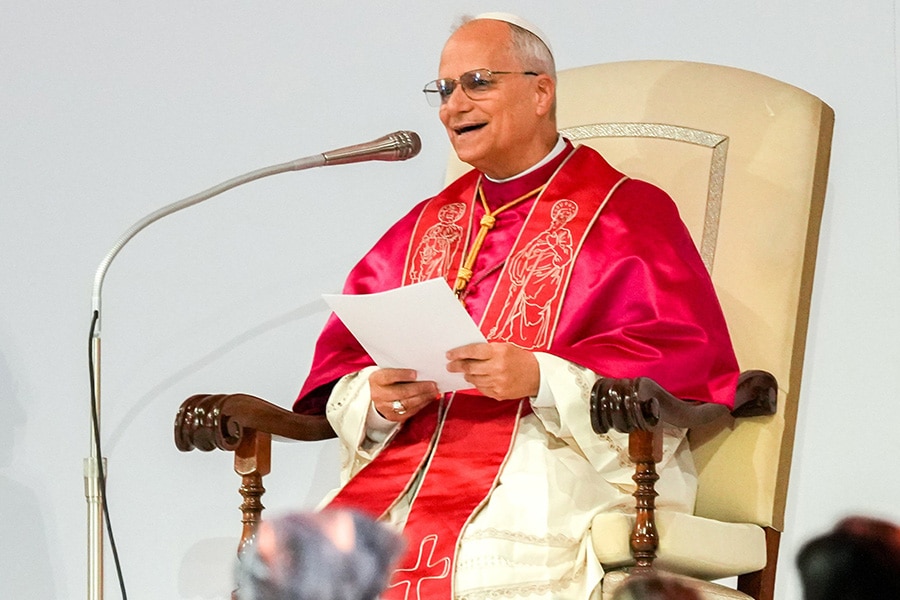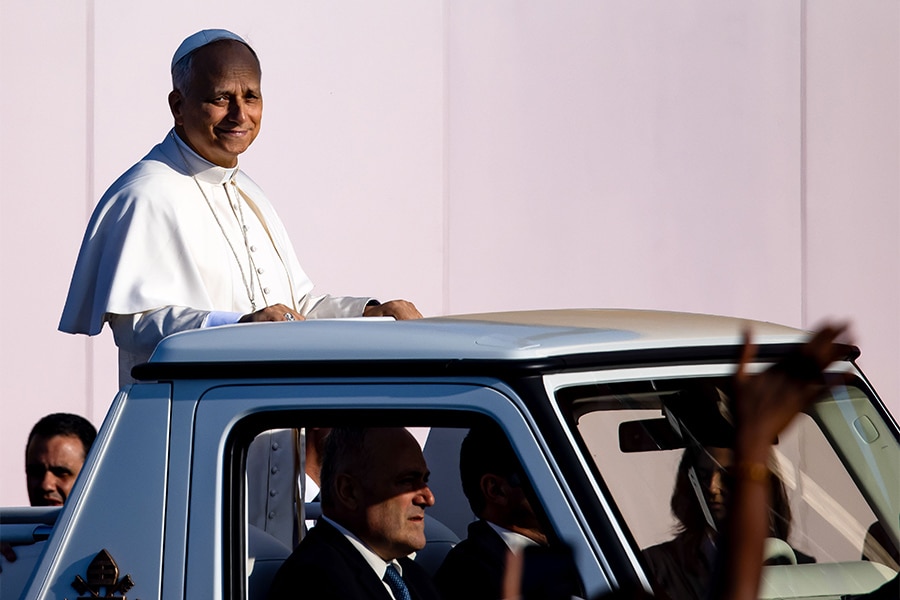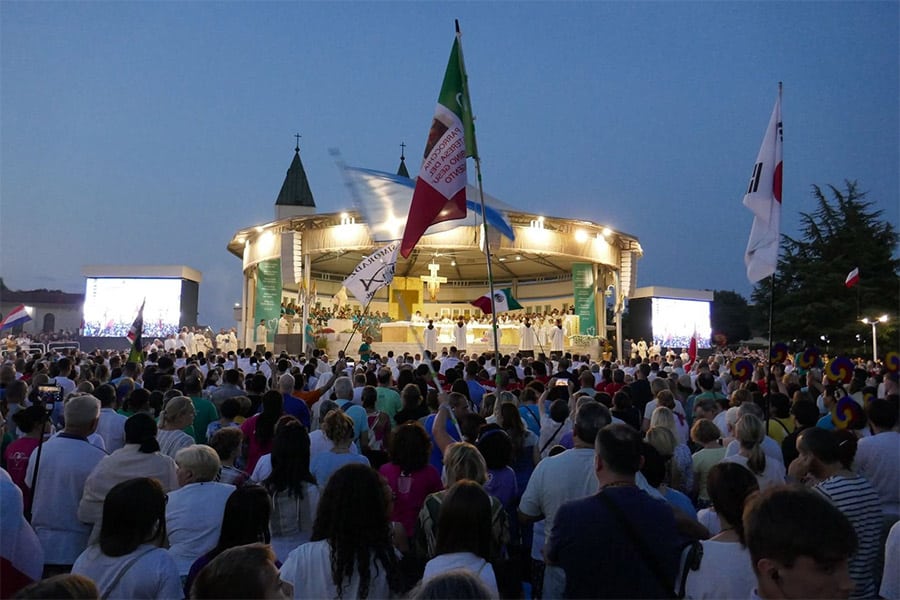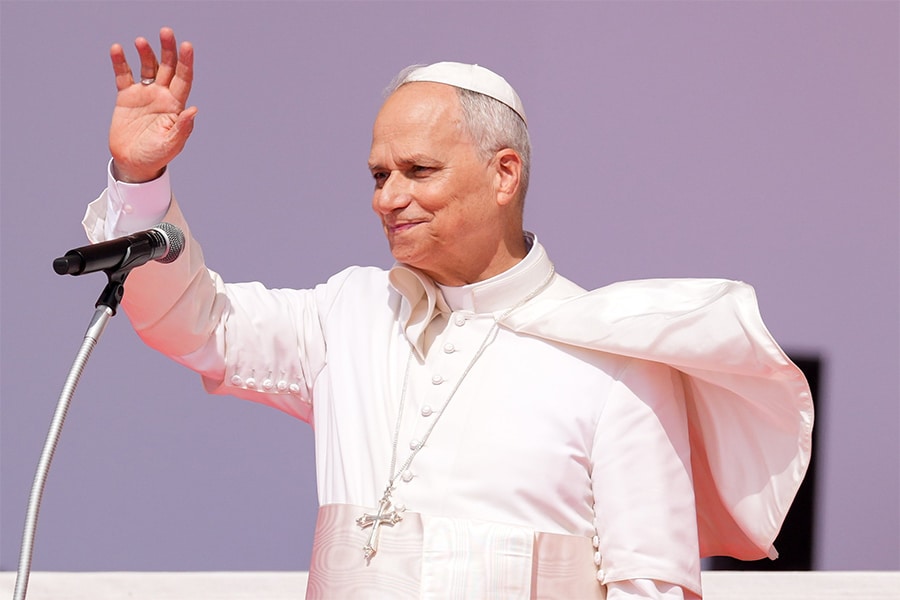VATICAN CITY (CNS) — Novels and films that include or revolve around a conclave often include nefarious plotting, or at least politicking, and attempts to wing it when it comes to the rules for electing a new pope.
But “those rules are set in stone,” Kurt Martens, a professor of canon law at The Catholic University of America in Washington, told Catholic News Service March 12, while at the Vatican to do research.
If something in the rules is unclear, the cardinals can seek to clarify it, “but that hasn’t happened” since St. John Paul II issued his rules for the conclave in the 1996 apostolic constitution, “Universi Dominici Gregis,” Martens said. The document was slightly revised by Pope Benedict XVI in 2007 and again just before he resigned in 2013.
“So, things are very clear,” the professor said, “they have to follow everything by the book.”
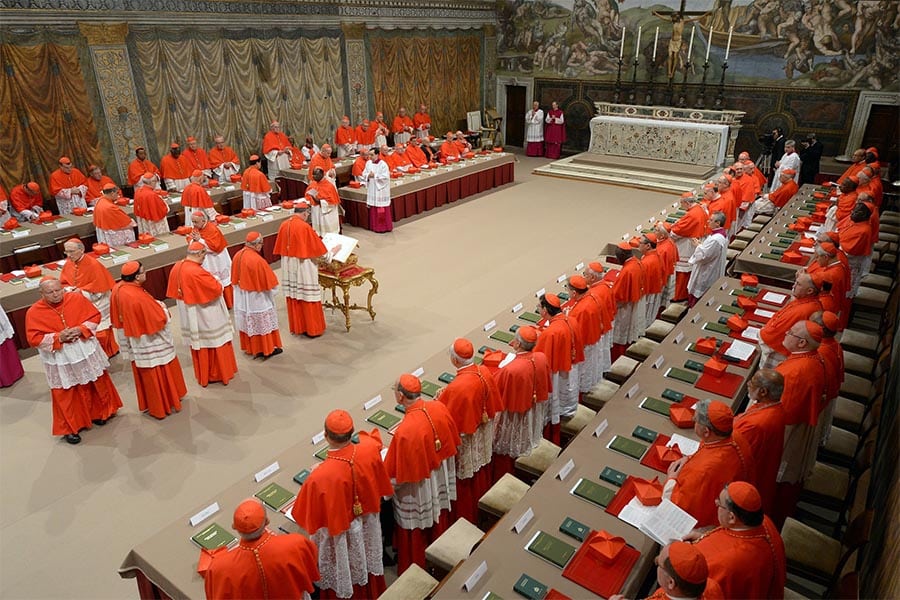
The rules specify that the cardinals should wait at least 15 days after the death or resignation of the pope to begin the conclave, but they should wait no more than 20 days. As of April 24, a date for the conclave had not been announced.
Only cardinals under the age of 80 when a pope dies or resigns are eligible to enter the Sistine Chapel to elect his successor. But with 135 potential cardinal electors, who have gathered as a group only when the latest were created in December, it cannot be said that they know each other well.
“They have never been in a gathering together other than a formal liturgical celebration,” Martens said. “They have never been in a meeting, in a consistory where they could exchange ideas with the pope and with each other.”
Although there were not quite so many electors, the conclaves that elected Blessed John Paul I in 1978, St. John Paul II in 1978, Pope Benedict XVI in 2005 and Pope Francis in 2013 all succeeded in sending up white smoke on the second day of the conclave.
And to be elected pope, a candidate must garner at least two-thirds of the votes.
“The Holy Spirit is the official answer” to the question of how the conclaves conclude so quickly, Martens said. But, in the church’s understanding of how that works, human cooperation with the Spirit is also involved.
The primary reason for a relatively quick election “is because the cardinals are prepared,” he said. “They have done their homework.”
The very first description in canon law of a cardinal’s task is to belong to “a special college which provides for the election of the Roman Pontiff.”
The cardinals know from the day they receive their red hats that electing a pope is a task unique to them. They will have met some cardinals over the years, worked with them as members of Vatican dicasteries and read about others.
But between the death or resignation of a pope and the start of the conclave, all the cardinals — both electors and those over the age of 80 — also meet daily in a general congregation.
There, they handle important church business but also discuss the state of the church and of the world. It is the formal occasion for a cardinal to hone his discernment about the qualities needed in the next pope. And the coffee breaks and mealtimes also help.
The cardinals do not openly ask each other, “Are you a candidate? Shall we elect you?” Martens said, but they pose questions and “they kind of put feelers out and whatnot.”
While the majority of cardinals are being asked to elect a successor to the pope who made them cardinals, it is unlikely they are looking for a carbon copy of the most recent pope.
History shows a trend of cardinals electing a candidate “to correct” some aspect of the last pope’s pontificate, Martens said. That is the source of the adage: “After a short pope, we have a tall pope. After a thin pope, we have a fat pope. After an intellectual, we have more a pastoral person.”
Another characteristic of the conclave, and even of the general congregation meetings, is the vow of secrecy binding all participants.
Martens said the concern for secrecy, affirmed and reaffirmed by recent popes when revising the conclave rules, is because the church wants to ensure “the election of the Roman Pontiff is free from external interference, both from pressure groups in the church as well as from political actors,” as has happened throughout history.
But, he said, today there are other ways people try to influence the outcome, particularly with websites and social media.
“There are people who are putting information out there that is not just information, but that is a way to influence potential cardinal electors,” he said. When the information provided is “colored in one way or another,” focusing on the authors’ key concerns or interpretations of Catholic orthodoxy, “technically speaking that falls under the conclave rules that forbid that you try to influence a future conclave.”
“The cardinals have to be free of any pressure, be it political pressure, be it pressure from civil governments, be it pressure from groups within or outside the church,” Martens said.
Read More Vatican News
Copyright © 2025 Catholic News Service/U.S. Conference of Catholic Bishops

